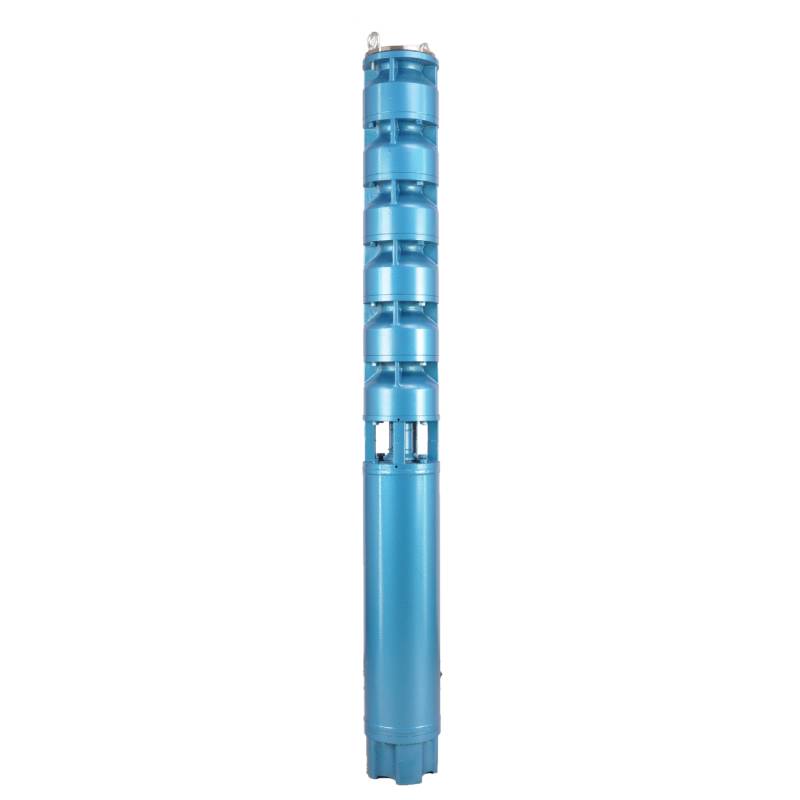Oct . 19, 2024 09:14 Back to list
Submersible Water Pumps for Efficient and Reliable Water Management Solutions
Exploring Submersible Water Pumps A Comprehensive Guide
Submersible water pumps are crucial devices used for a variety of applications, from residential drainage to industrial water management. Unlike standard pumps, which must be positioned above the water level, submersible pumps are designed to be submerged either partially or completely in the fluid they are pumping. They come encased in a watertight casing, which allows them to work efficiently underwater. This article delves into the mechanics, applications, benefits, and maintenance of submersible water pumps.
How Submersible Water Pumps Work
The basic operation of a submersible pump involves an electric motor, which is hermetically sealed and submerged in the liquid. The motor drives a centrifugal pump, which effectively pulls water in from the submerged inlet and pushes it to the surface through a discharge pipe. The pump’s design includes a series of impellers that increase the water's pressure, facilitating movement through the piping system.
Types of Submersible Water Pumps
Submersible pumps can be categorized based on their specific applications
1. Sewage Pumps These are designed to handle wastewater and sewage, containing solids and other waste materials. They are commonly used in municipal sewage systems, as well as in residential settings for basement drainage.
2. Utility Pumps Smaller and more portable, utility pumps are ideal for general water removal tasks. They can be used in flooded basements, swimming pools, or for draining shallow areas.
3. Drainage Pumps These pumps are used for managing water accumulation in construction sites or other places where excess water is present.
4. Deep Well Pumps Specifically engineered for extracting water from deep underground sources, these pumps can handle high pressure and are used in agricultural irrigation and municipal water supply systems.
Benefits of Submersible Water Pumps
Submersible water pumps offer several advantages compared to surface pumps
- Efficiency Since the pump operates underwater, it does not require priming, which can reduce the risk of cavitation (the formation of vapor bubbles that can damage the pump components).
- Space Saving Being submerged removes the need for extensive piping systems, minimizing installation space and simplifying the setup.
- Lower Noise Levels Submersible pumps are quieter than surface pumps, making them ideal for residential applications where noise pollution can be a concern.
water pump submersible

- Reliability The sealed design protects the motor from water and debris, making submersible pumps less prone to failure compared to their surface counterparts
.Applications of Submersible Water Pumps
The versatility of submersible water pumps makes them applicable in a variety of industries
- Agriculture Farmers often utilize these pumps for irrigation, providing a reliable means to access groundwater for crop development.
- Construction In construction sites, these pumps are employed to remove water from excavations, ensuring safe and dry conditions for work.
- Flood Control In areas prone to flooding, submersible pumps play a crucial role in expelling excess water and mitigating damage.
- Wastewater Management Municipalities implement sewage submersible pumps to transport wastewater from residential areas to treatment facilities.
Maintenance Tips for Submersible Pumps
While submersible pumps are generally reliable, regular maintenance is crucial for longevity and performance
1. Regular Inspections Inspect the pump periodically for any signs of wear, corrosion, or damage. Pay close attention to electrical connections and the power supply.
2. Cleaning Ensure that the inlet and impellers are free from debris to maintain optimal flow and efficiency.
3. Test Operation Regularly test the pump to ensure it operates correctly. Look for any unusual noises or vibrations that indicate possible malfunctions.
4. Check Seals The integrity of seals is vital to prevent leaks. Any indication of water ingress should be addressed immediately.
In conclusion, submersible water pumps are essential tools that improve efficiency and reliability in various water management applications. Their ability to operate efficiently underwater sets them apart from traditional pumps, making them indispensable in agriculture, construction, and waste management. By understanding their operation, benefits, and maintenance needs, users can make informed decisions and ensure the longevity of these valuable devices.
-
Submersible Water Pump: The Efficient 'Power Pioneer' of the Underwater World
NewsJul.01,2025
-
Submersible Pond Pump: The Hidden Guardian of Water Landscape Ecology
NewsJul.01,2025
-
Stainless Well Pump: A Reliable and Durable Pumping Main Force
NewsJul.01,2025
-
Stainless Steel Submersible Pump: An Efficient and Versatile Tool for Underwater Operations
NewsJul.01,2025
-
Deep Well Submersible Pump: An Efficient 'Sucker' of Groundwater Sources
NewsJul.01,2025
-
Deep Water Well Pump: An Efficient 'Sucker' of Groundwater Sources
NewsJul.01,2025
-
 Submersible Water Pump: The Efficient 'Power Pioneer' of the Underwater WorldIn the field of hydraulic equipment, the Submersible Water Pump has become the core equipment for underwater operations and water resource transportation due to its unique design and excellent performance.Detail
Submersible Water Pump: The Efficient 'Power Pioneer' of the Underwater WorldIn the field of hydraulic equipment, the Submersible Water Pump has become the core equipment for underwater operations and water resource transportation due to its unique design and excellent performance.Detail -
 Submersible Pond Pump: The Hidden Guardian of Water Landscape EcologyIn courtyard landscapes, ecological ponds, and even small-scale water conservancy projects, there is a silent yet indispensable equipment - the Submersible Pond Pump.Detail
Submersible Pond Pump: The Hidden Guardian of Water Landscape EcologyIn courtyard landscapes, ecological ponds, and even small-scale water conservancy projects, there is a silent yet indispensable equipment - the Submersible Pond Pump.Detail -
 Stainless Well Pump: A Reliable and Durable Pumping Main ForceIn the field of water resource transportation, Stainless Well Pump has become the core equipment for various pumping scenarios with its excellent performance and reliable quality.Detail
Stainless Well Pump: A Reliable and Durable Pumping Main ForceIn the field of water resource transportation, Stainless Well Pump has become the core equipment for various pumping scenarios with its excellent performance and reliable quality.Detail
